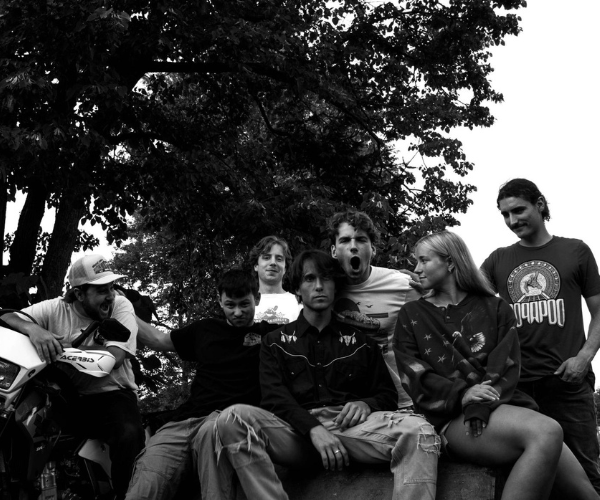Charles Darwin saw the Galápagos iguana as a scientific treasure, perfectly suited for careful observation and meticulous study. Seth Chwast saw the Galápagos iguana in Technicolor, perfectly suited for a wash of florescent blue and green paint. You can see both perspectives on display this month as the Great Lakes Science Center and the Cleveland Museum of Natural History feature exhibits honoring Darwin’s 200th birthday.
Great Lakes Science Center’s Darwin is fit for a scientist, complete with artifacts, manuscripts and taxidermy specimens of all the Galápagos Islands creatures that helped Darwin develop his revolutionary descent-with-modification brand of evolution.
“Nothing in science makes sense without understanding the theory of natural selection,” says Linda Abraham-Silver, president and CEO of the Great Lakes Science Center. And she would know — Abraham-Silver’s Ph.D. thesis examined how well people understand the theory of evolution after viewing exhibits on natural selection at museums throughout the world. She’s especially proud of this particular exhibit because it showcases Darwin’s personal life, as well as a full-scale recreation of Darwin’s study.
“It really puts what he was doing in perspective,” Abraham-Silver says. “It’s the room he came back to. You can see where his dog’s bed was, where his notes and materials were. It really brings out the human that was Darwin.”
But if you happen to like a little art with your science, check out the Cleveland Museum of Natural History’s Visions of Galápagos. It pairs original Darwin texts with the artwork of Seth Chwast, an autistic artist from Cleveland Heights. In 2007, Chwast, an avid traveler and nature lover, received a personal invitation from the director of the Charles Darwin Foundation to visit the Galápagos Islands and recreate Darwin’s world in a series of bright, oil-on-canvas paintings.
“We thought that by showcasing these works, the museum could offer a fresh, contemporary way to mark the anniversary of Charles Darwin’s birth,” says Joel Alpern, director of exhibits at the Cleveland Museum of Natural History. “The artwork adds an element of fun to the exhibit.”
Great Lakes Science Center’s Darwin is fit for a scientist, complete with artifacts, manuscripts and taxidermy specimens of all the Galápagos Islands creatures that helped Darwin develop his revolutionary descent-with-modification brand of evolution.
“Nothing in science makes sense without understanding the theory of natural selection,” says Linda Abraham-Silver, president and CEO of the Great Lakes Science Center. And she would know — Abraham-Silver’s Ph.D. thesis examined how well people understand the theory of evolution after viewing exhibits on natural selection at museums throughout the world. She’s especially proud of this particular exhibit because it showcases Darwin’s personal life, as well as a full-scale recreation of Darwin’s study.
“It really puts what he was doing in perspective,” Abraham-Silver says. “It’s the room he came back to. You can see where his dog’s bed was, where his notes and materials were. It really brings out the human that was Darwin.”
But if you happen to like a little art with your science, check out the Cleveland Museum of Natural History’s Visions of Galápagos. It pairs original Darwin texts with the artwork of Seth Chwast, an autistic artist from Cleveland Heights. In 2007, Chwast, an avid traveler and nature lover, received a personal invitation from the director of the Charles Darwin Foundation to visit the Galápagos Islands and recreate Darwin’s world in a series of bright, oil-on-canvas paintings.
“We thought that by showcasing these works, the museum could offer a fresh, contemporary way to mark the anniversary of Charles Darwin’s birth,” says Joel Alpern, director of exhibits at the Cleveland Museum of Natural History. “The artwork adds an element of fun to the exhibit.”
Darwin is on display at the Great Lakes Science Center through Sept. 18. Visions of Galápagos is on display at the Cleveland Museum of Natural History through Oct. 11.



